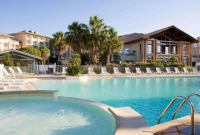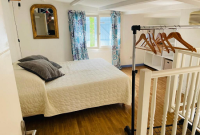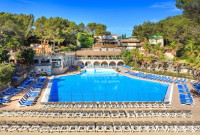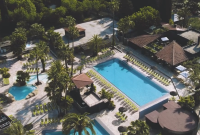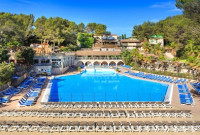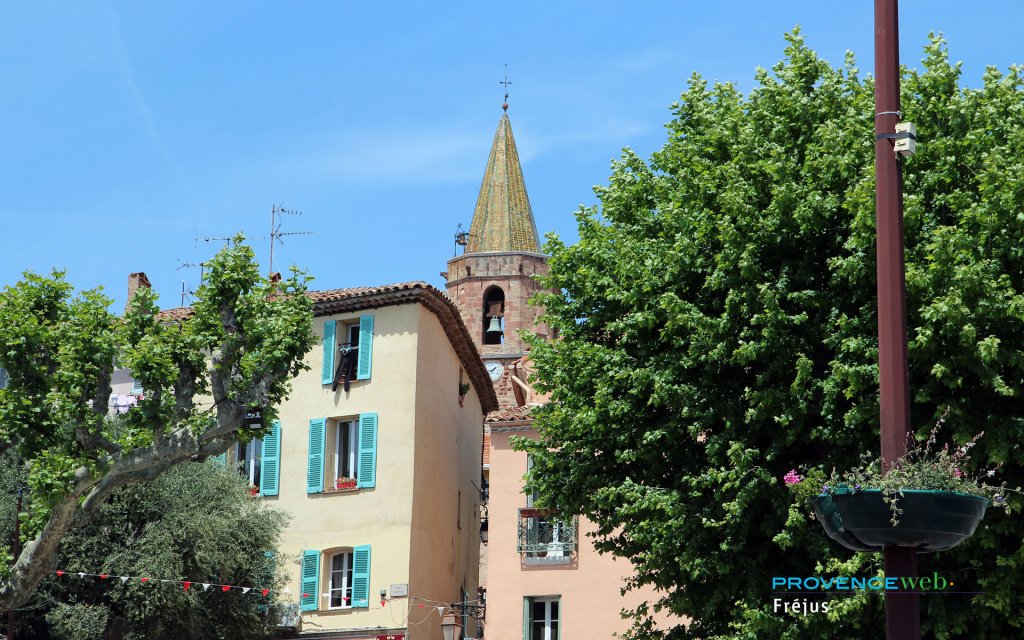Fréjus
On highway A8 and route N7 or the coastal route between Sainte Maxime and Cannes.
53,000 inhabitants, postal code 83600
Discover Fréjus, a historic city of character
A former military port and Roman town, the city of Fréjus overlooks the rich alluvial plains that separate the Estérel from the Massif des Maures. Halfway between Cannes and Saint Tropez, this city of art and culture has built up a rich historical and architectural heritage.
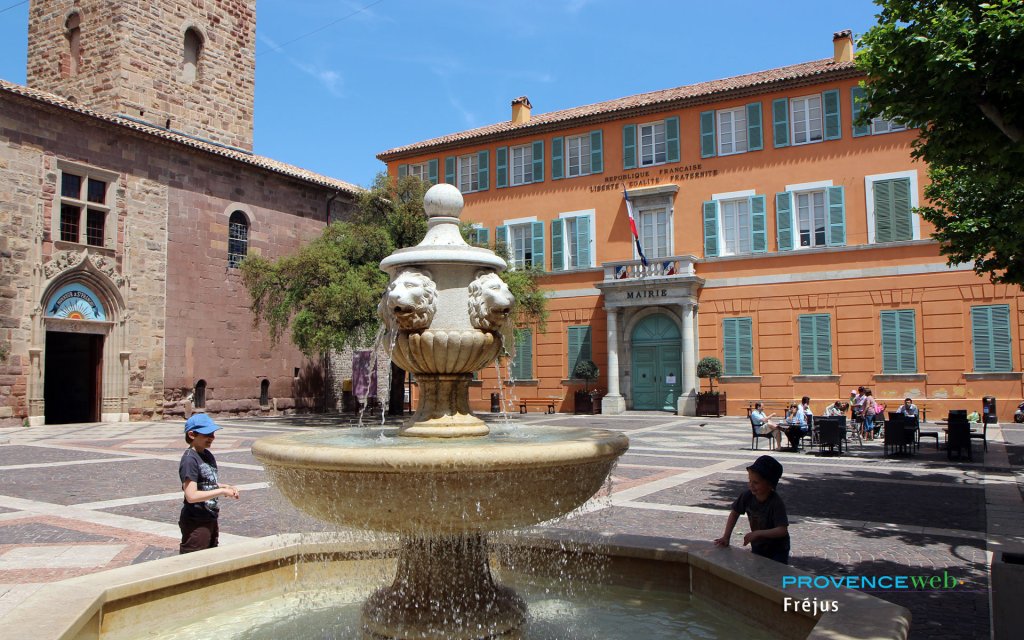
From the presence of the Roman legions after Julius Caesar himself founded the town in 49, when it was called Forum Julii (Julius's market), to the Navy troops who still come to Fréjus today.
Don't miss Fréjus' old town and historic center
The city is dotted with monuments including one of the largest amphitheaters in Gaul (1st or 2nd century), the Roman Theater, the Porte Dorée (remains of the 3rd century thermal baths), the Lanterne d'Auguste (remains of the ancient Roman port), the Porte des Gaules and the aqueduct that brought the waters of the Siagnole (from Mons! ) over a 40 km stretch, and the Cocteau chapel (designed by Jean Cocteau in 1961 and completed by E. Dermit in 1965).
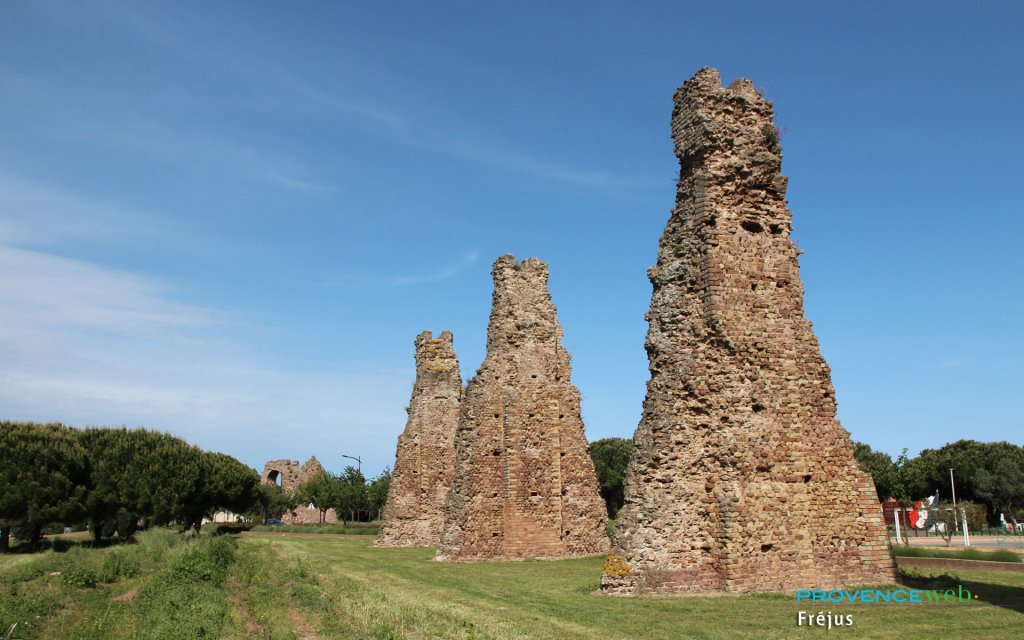
Fréjus Cathedral and its superb cloister
Saint-Léonce Cathedral is an architectural gem not to be missed. Its medieval double-level cloister, built in the 13th century, houses an exceptional treasure: a larchwood ceiling adorned with 300 paintings still visible today. Sold as national property during the French Revolution, the cloister underwent extensive restoration between 1922 and 1931 under the direction of architect Jules-Camille Formigé. Today, visitors can admire the magnificent galleries, which combine Romanesque and Gothic art. The old well, overlooking an ancient Roman cistern, bears witness to the ingenuity of the builders of the time.
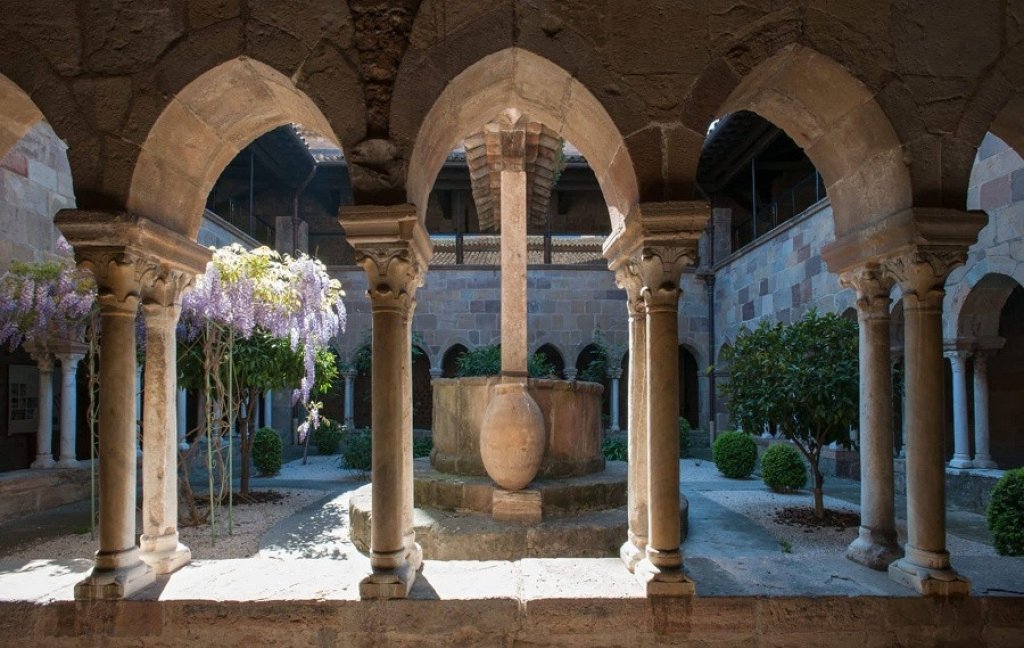
Fréjus beach and port
Fréjus is also a seaside resort where the sea has regained its place at the heart of the town with the construction of Port-Fréjus, on the site of Fréjus-Plage, which was partially destroyed in 1959 by the waters of the Malpasset dam after it burst. The small port of Saint Aygulf is the gateway to the coastal footpath, giving access to the calanques and sandy beaches of this pleasant hamlet of Fréjus.
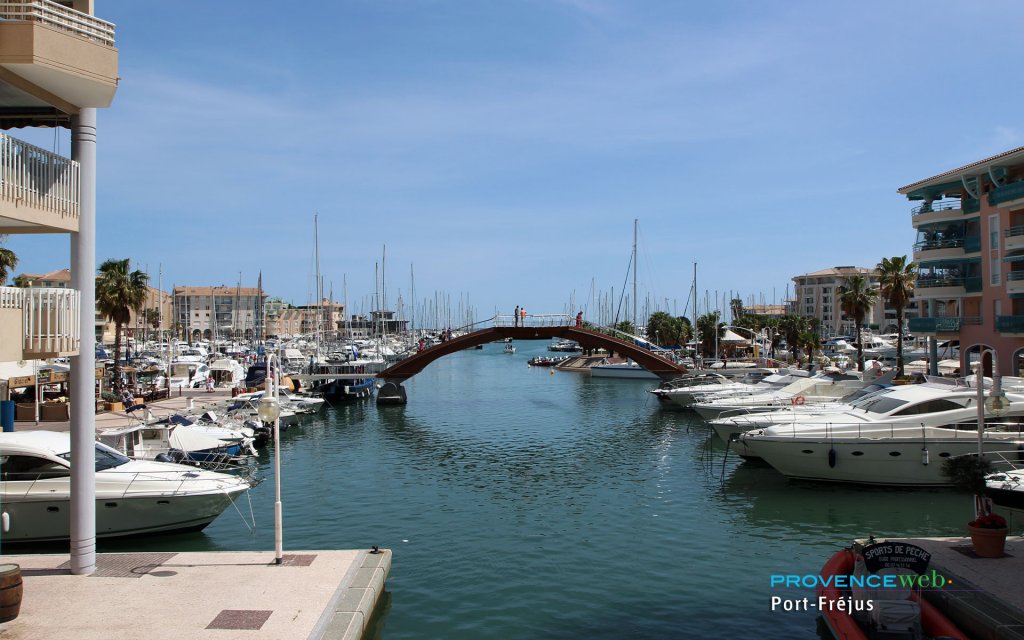
A town of markets
With no fewer than nine markets a week, Fréjus is a paradise for market strollers and shoppers. During the summer months from July to October, Fréjus even organizes night markets. Ask at the Fréjus Tourist Office for full details of these markets and find out which one is right for you.
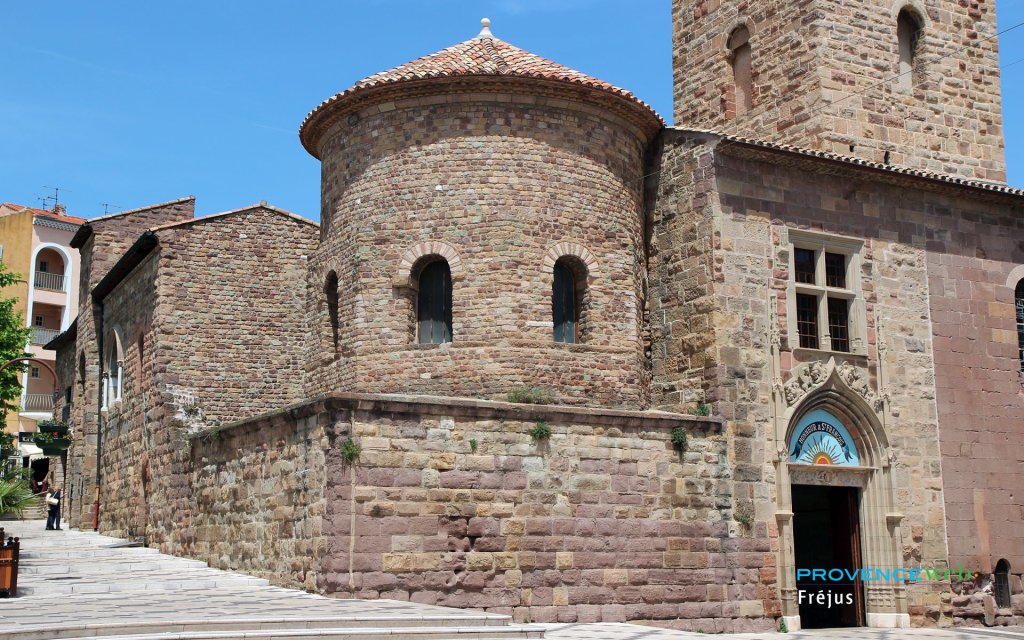
An idea for a family activity: the Fréjus Zoological Park
With both a classic zoo where you can admire the most beautiful tropical animals and an interesting reflection on biodiversity in the Mediterranean area, the Parc Zoologique de Fréjus is a simple family outing that will appeal to the whole family.
Photos of Fréjus
See our slideshow of Fréjus photos taken by our teams at the bottom of this page. This will give you an idea of the historical monuments and beaches not to be missed.
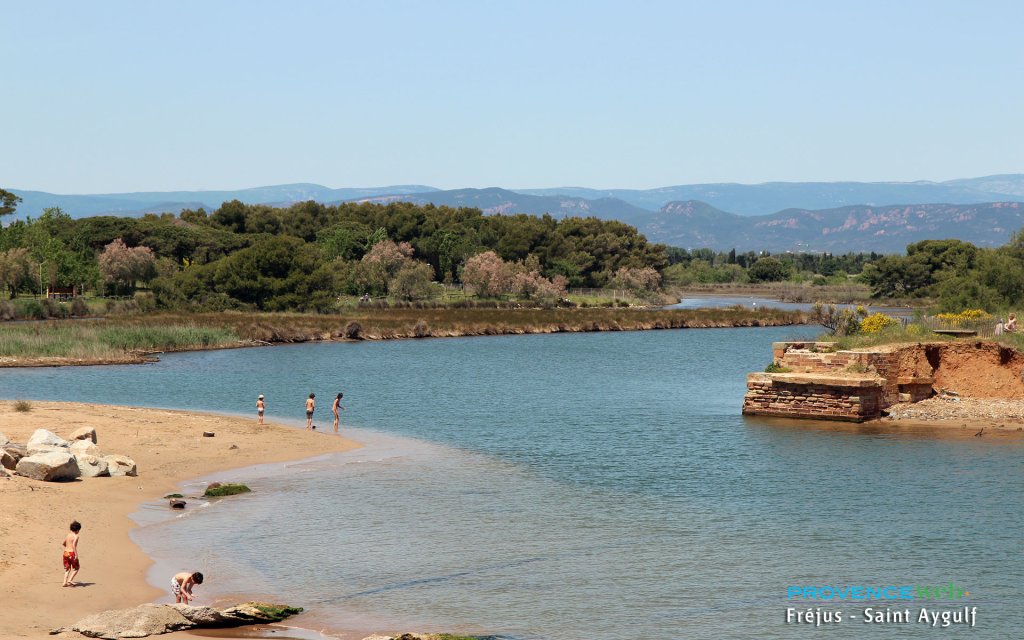
Our Fréjus map
To find your way around Fréjus, you can use our interactive map on this page. We've included all the town's points of interest (town hall, port, beaches, Saint-Léonce cathedral, etc.) as well as our accommodation recommendations. So you can locate them before you book your stay in Fréjus.
What to see
Roman ruins, amphitheaters.
Archeological digs of Clos de la Tour.
Park Aurelien. The garden of the Villa Marie.
Hiking by theme: the olive grove route, the perfume route or even the potter's route.
Leisure activities
Water sports. Sea kayaking.
Horseback riding. Tennis.
Aquatic park.
Cyclo-tourism
Hotels
On Port Frejus marina, direct access to the beach through the gardens
Airconditioned rooms with loggia, direct telephone, tv, minibar & safe
The Thalassotherapy Centre is linked directly to the hotel
Charming and friendly hotel just a short walk to the beach
Some rooms with air conditioning and sea views.
Holiday rentals
Open Air Hôtel - Camping-Club *****
Bungalows - Mobile-homes
Heated swimming pool - Tennis court - free wifi
Mobil home 5* on a pleasant leafy setting of 12ha with private quayside direct access to the beach at 3 km with boat shuttle - Heated sw. pools - Jaccuzzi - Tennis - Restaurants - Entertainment - Children's club
Campings
Camping-Club 5* on 37acres of pine forest with luxurious mobile homes Sw.pool of 1000 m² - Covered heated pool, slide, jacuzzis - Recreational water area - Fitness - Tennis - Night club - Entertainment - Free wifi
Accomodations
Hotels
Bed and breakfast.
Holiday Rentals.
Campings.
Your questions about Fréjus
Following the publication of this guide, we received many questions about Fréjus. Here are our answers to your most frequently asked questions.
What to see and do in Fréjus?
Start by strolling through the old imperial town, admiring the Roman theaters, the ancient city gates and the Cathedral of Saint-Léonce. Then head for the port and beaches of Fréjus for a good time and a drink. For hiking enthusiasts, the Estérel and Maures Massifs are not far away.
Where to swim at Fréjus Plage?
There are many beaches in Fréjus, but our favorite is the Plage des Esclamandes in Saint-Aygulf. The sand is magnificent and the sea pleasant. Fréjus residents come here with their families, and tourists flock here in summer.
Where to go for a walk around Fréjus?
If we had to recommend just one hike near Fréjus, it would be the coastal path between Saint-Raphaël and Le Dramont. Allow around 2h30 to marvel at the sumptuous coves and the azure blue of the Mediterranean.
Why is Fréjus an imperial town?
Fréjus' imperial status is rooted in two major historical moments. The first dates back to the reign of Augustus, when the city became a strategic military port for the Roman Empire. The second is part of the Napoleonic epic. The imperial history of Fréjus is particularly enriched by the visits of Napoleon Bonaparte. On October 9, 1799, the general triumphantly landed in the Gulf on his return from his Egyptian campaign. Then, on April 28, 1814, the deposed Emperor made his last stop on French soil before his exile to Elba.

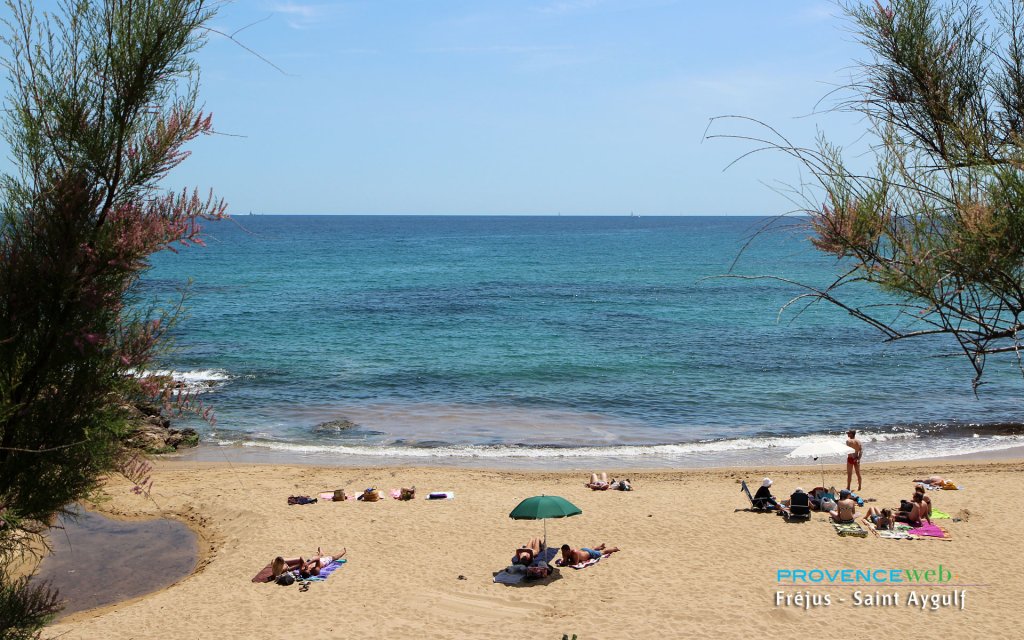

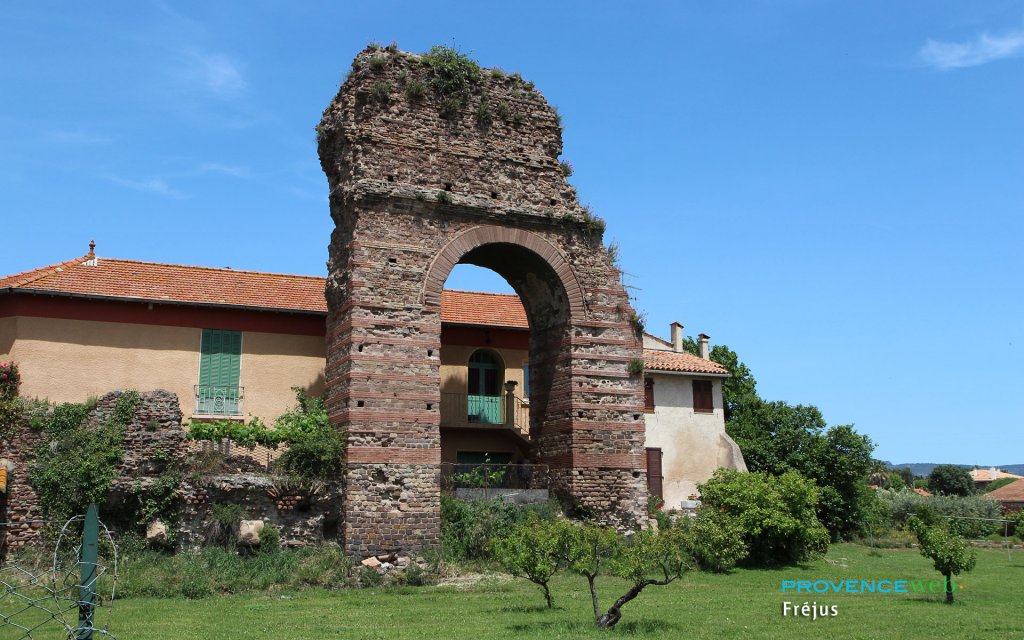


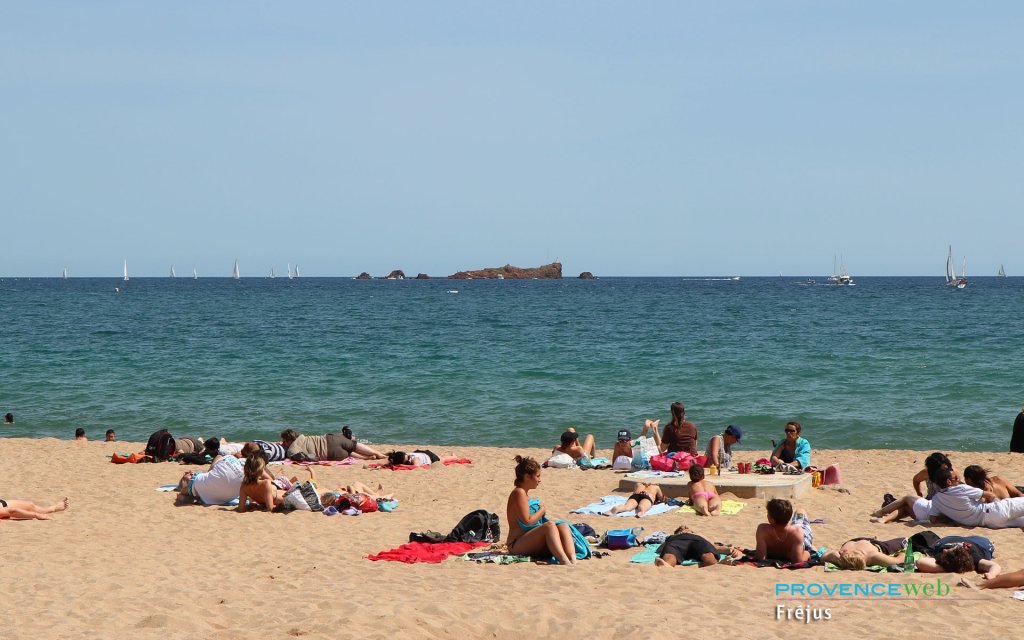

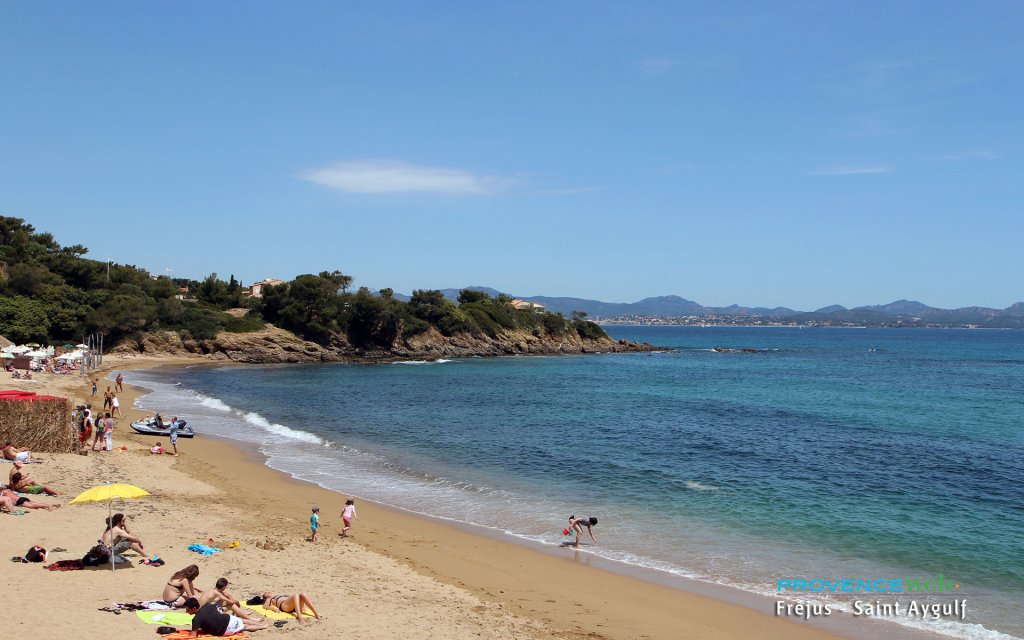
NEIGHBOURING TOWNS AND VILLAGES
Saint Raphaël (3 km) and Roquebrune sur Argens (11 km).


